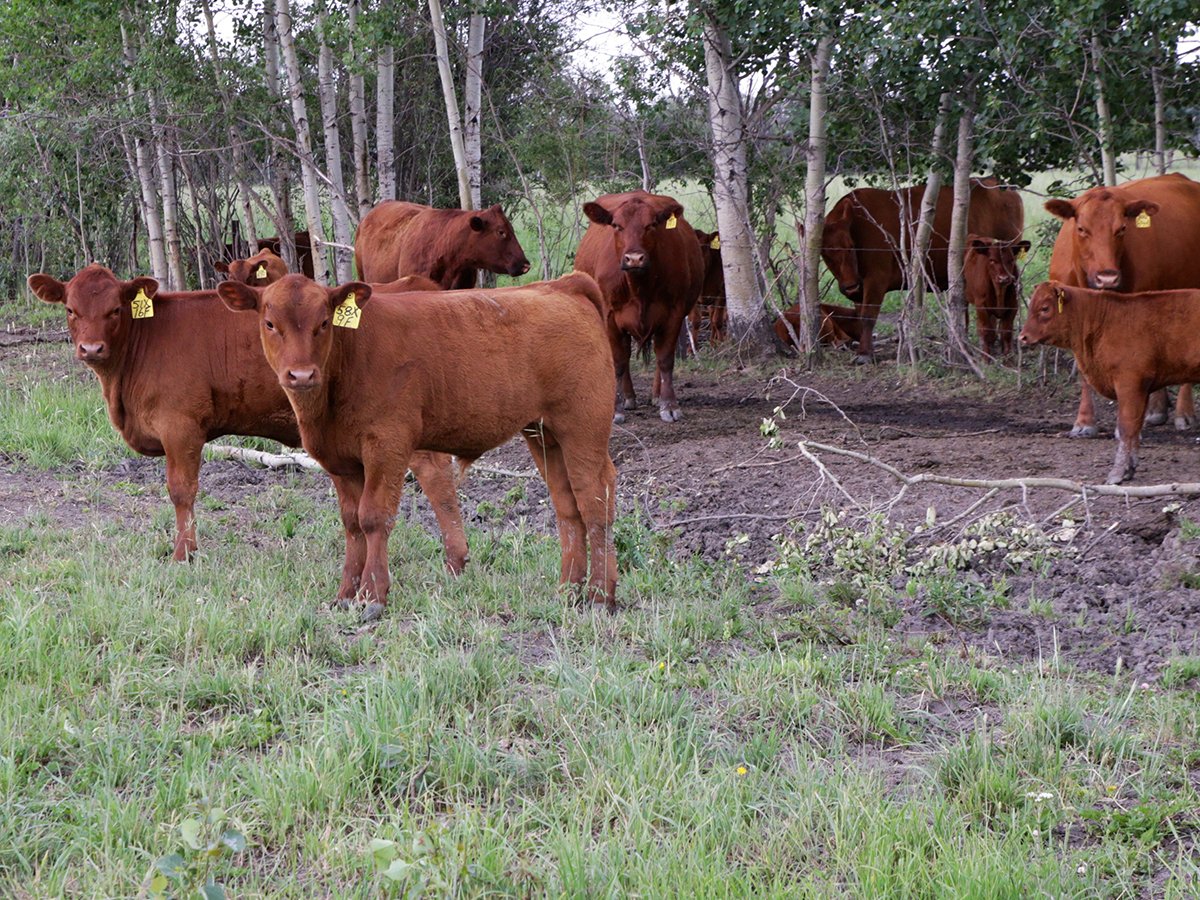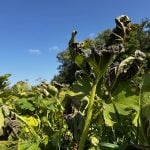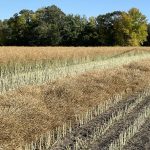Proposed amendments | Diversification may challenge local agricultural producers
CRESTON, B.C. — Rancher David Zehdner worries about the future of food production in British Columbia if changes are made to the province’s Agricultural Land Reserve.
A review of the 40-year-old policy has created considerable controversy within the agriculture community, and a vigorous opposition campaign has been launched.
The act to amend the ALR has passed second reading, and Zehdner worries the government will push Bill 24 through before the end of this sitting of the legislature.
“For whatever reason, they are not going to back down,” he said in an interview.
Read Also

Feeder market continues the climb
For the week ending Aug. 30, Western Canadian feeder cattle markets traded $4-8 per hundredweight higher on average.
The land reserve recognizes agriculture as a priority use. Only 1.1 percent of land in the province is considered prime agricultural land, while five percent is considered suitable.
Rancher Larry Garrett said the government committed to support agriculture when the ALR was first introduced, but new governments have taken away parts of it and placed a burden on the backs of farmers who struggle to make a living.
“That social contract needs to be reenacted,” he said at the B.C. Cattlemen’s Association annual meeting in Creston May 22-24.
Cattle producers unanimously supported Zehdner’s resolution to lobby the province to “engage in meaningful consultation on the development of the regulations supporting Bill 24 similar to that of the water act modernization.”
Zehdner chaired BCCA’s ALR committee and has a special interest in the outcome.
He ranches at Invermere, where development pressures for more urban subdivisions and recreational land are intense.
The developments have occurred on land that was considered of marginal agriculture use.
Cattle can graze lower quality, hilly pastures, but developers in his area have converted that land into condominiums and golf courses.
Radium, Lake Windermere and Fairmont Hot Springs have had similar experiences when weekend homes and recreation areas were built.
“Everyone says this is in the best financial interest of the community, but it doesn’t build a community, is our experience,” he said.
“Now we have zero ranches and eight golf courses, and associated with each of those golf courses is housing developments and it is not going to go back.”
He said the newcomers have also introduced all-terrain vehicles and other damaging recreation activities such as mud bogging, which have ripped up narrow valleys, polluted water and introduced weeds.
Zehdner said he understands that ranchers may want to sell out because of unrecoverable losses from BSE and a desire to retire.
Taking land out of the reserve was an option for those who were cash strapped and struggling to continue.
Politicians have told them these changes are needed to encourage growth and by rezoning close to towns that progress can proceed.
“Once the speculation starts rolling and people see you can take land out, everybody becomes a developer,” he said.
Ranchers are in conflict because fences are not maintained or they may lose easy access to crown grazing land.
“If you are trying to claim this is good for agriculture, that has not been our experience,” he said.
Core review minister Bill Bennett created the bill, saying it was necessary to modernize and improve management of protected farmland in the province.
Included in the change is splitting the ALR into two zones, which could relax development of agriculture land.
Zone 1 encompasses the Lower Mainland, the Okanagan Valley and Vancouver Island. Zone 2 covers the rest of the province.
Stan Vander Waal, chair of the B.C. Agriculture Council, said six regional panels have been proposed, and members of the agricultural sector need to apply for seats with these groups to make sure the industry is represented as the program is revised.
“To make the best of the situation, it is very important that all of us in agriculture take very seriously the regulation development process. The government has promised to consult the industry and people around the province,” he said at the BCCA meeting.
“If we don’t do a good job on that, we will lose everything we have gained.”















